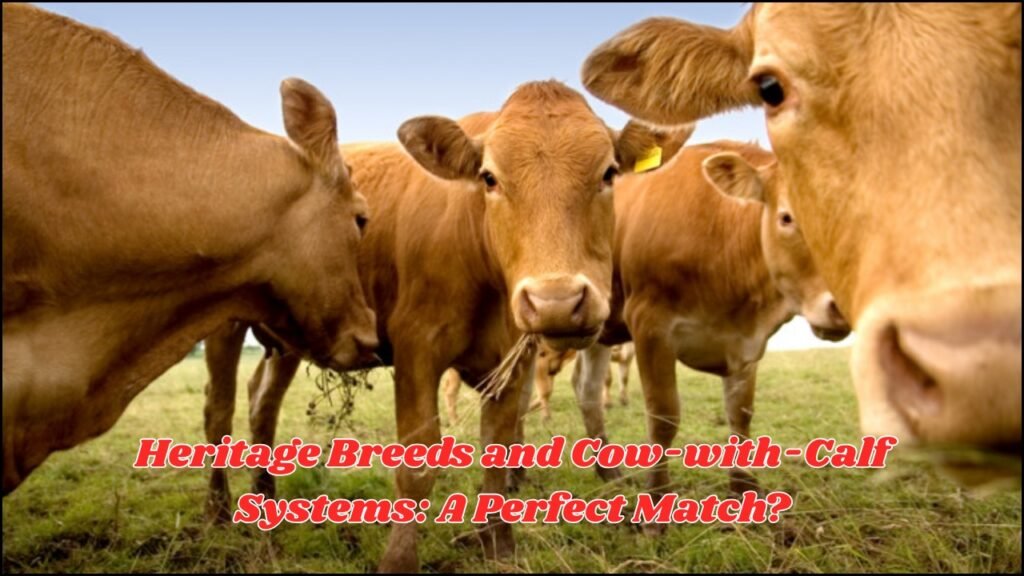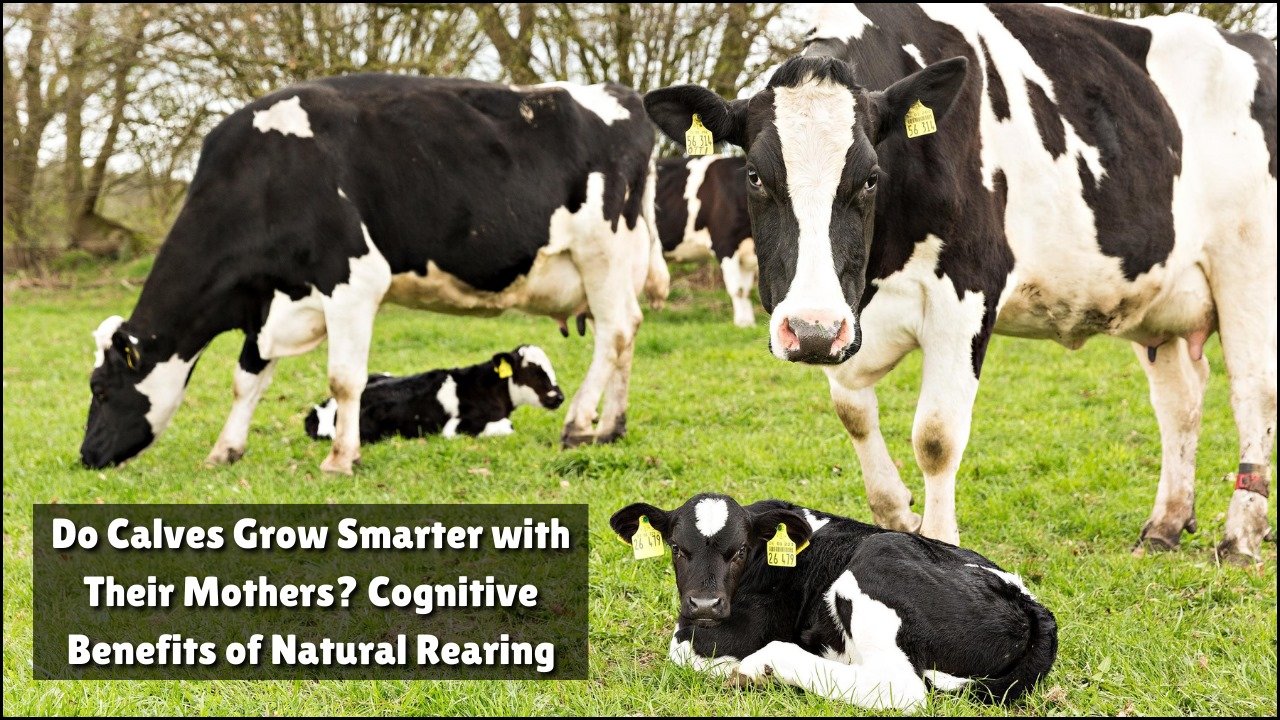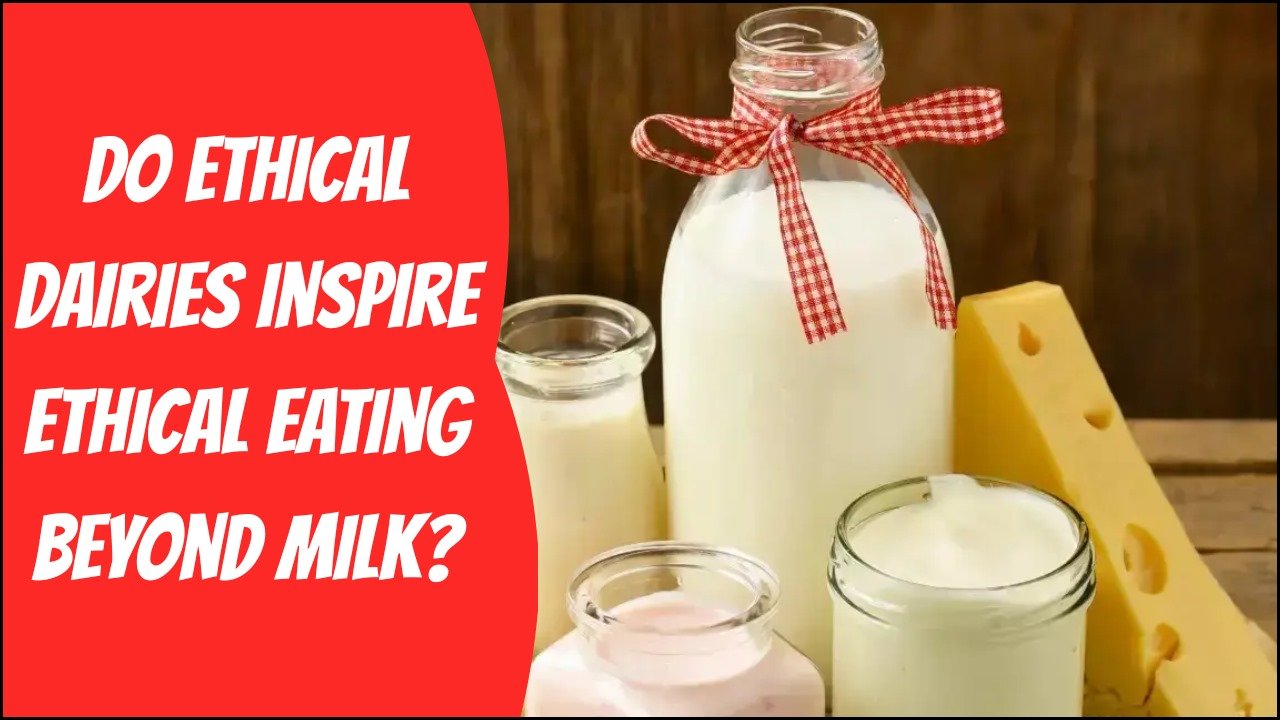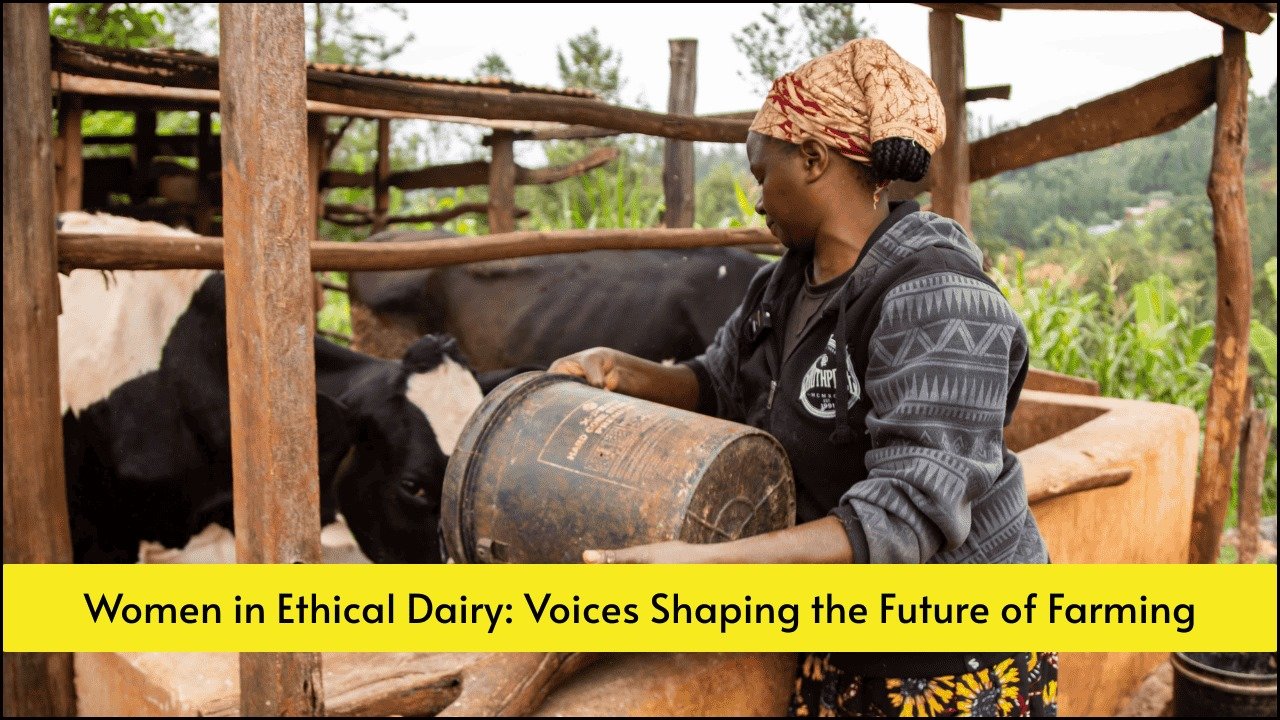
The conversation around animal welfare in dairy farming has been steadily growing, with increasing attention given to cow-with-calf systems. These systems allow calves to stay with their mothers for a longer period, promoting natural behaviours and potentially improving animal welfare. An emerging question within the industry is whether heritage cattle breeds—especially traditional Scottish varieties—are better suited to this approach compared to modern high-yield breeds.
Table of Contents
Understanding Cow-with-Calf Systems
In conventional dairy farming, calves are typically separated from their mothers within hours of birth. This practice maximises milk collection for commercial purposes but limits maternal bonding. Cow-with-calf systems, on the other hand, allow calves to remain with their mothers for several weeks or even months, enabling natural feeding and interaction.
Such systems can enhance animal welfare, reduce stress levels, and foster better calf health. However, they also present management challenges, particularly in terms of milk yield, farm economics, and labour requirements.
Overview
| Factor | Heritage Breeds | High-Yield Breeds |
|---|---|---|
| Milk Yield | Moderate | High |
| Calf Compatibility | High (better match for needs) | Moderate to Low |
| Maternal Instincts | Strong | Variable |
| Adaptability to Pasture | Excellent | Moderate |
| Market Opportunities | Premium niche markets | Commodity dairy markets |
| Welfare Alignment | High | Variable |
Heritage Breeds and Cow-with-Calf Systems
Heritage cattle breeds, such as the Ayrshire, Shetland, and Aberdeen Angus, have been part of Scottish agriculture for centuries. Unlike modern Holstein-Friesians, which have been selectively bred for maximum milk production, these breeds offer a more balanced profile: moderate milk yield, robust health, and adaptability to varied grazing conditions.
Advocates argue that heritage breeds may be better suited to cow-with-calf systems because:
- Lower Milk Yields Reduce Udder Stress: High-yield breeds can produce more milk than a calf can consume, creating discomfort and potential health issues if milk is not regularly removed. Heritage breeds’ moderate production levels align more closely with calf consumption rates.
- Strong Maternal Instincts: Traditional breeds are often praised for their nurturing behaviour, making them more effective in calf-rearing scenarios.
- Adaptability to Pasture-Based Systems: Many heritage breeds thrive in extensive, grass-fed environments, which often align with welfare-focused farming methods.
The Economic Considerations
While heritage breeds bring welfare and sustainability benefits, they also pose financial considerations. Their milk yield is generally lower, meaning farmers may see reduced revenue from milk sales. On the other hand, higher welfare standards and unique breed qualities can open doors to premium markets—such as artisanal cheese production and direct-to-consumer sales.
Government grants and subsidies targeting animal welfare improvements could also help offset the financial trade-offs. Additionally, growing consumer demand for ethically produced dairy presents a marketing advantage for heritage breed farms.
Environmental Impact
Heritage breeds often have a smaller environmental footprint per animal due to their resilience, lower input needs, and ability to thrive on diverse forage. However, because they produce less milk per cow, the environmental impact per litre of milk can be higher. Balancing welfare goals with sustainability targets will be key for farms adopting these breeds in cow-with-calf systems.
FAQs
1. What are the main advantages of heritage cattle in cow-with-calf systems?
A = Heritage breeds offer moderate milk yields, strong maternal instincts, and adaptability to pasture-based farming, making them more compatible with welfare-driven systems.
2. Do heritage breeds produce less milk than modern dairy breeds?
A = Yes, but their lower yields align better with calf consumption, reducing health issues and improving welfare outcomes.
3. Can heritage breed dairy products be sold at a premium?
A = Yes, products from heritage breeds—especially in welfare-focused systems—can target niche markets, often fetching higher prices.





